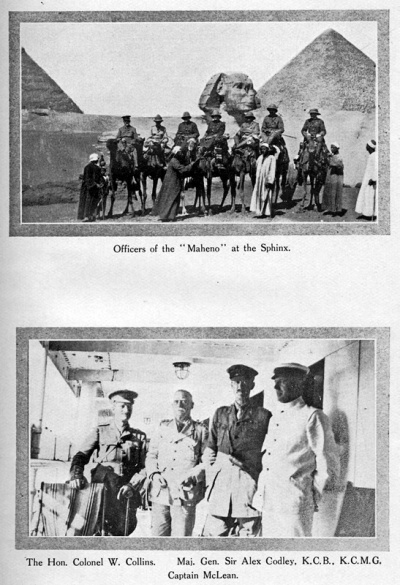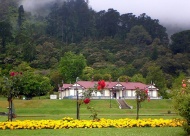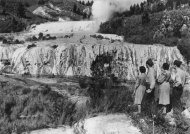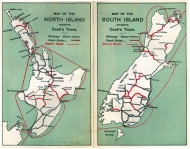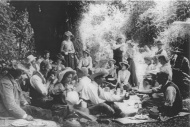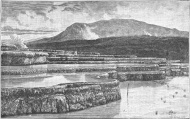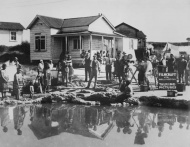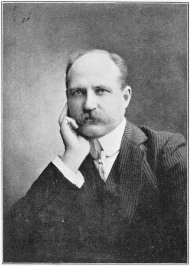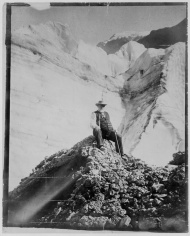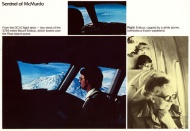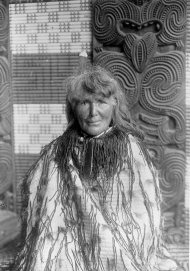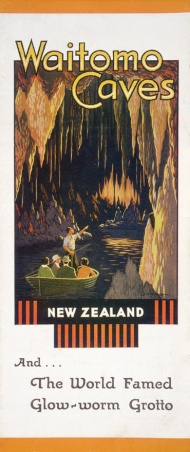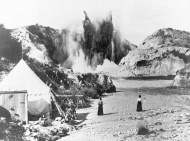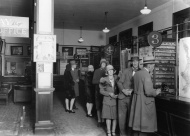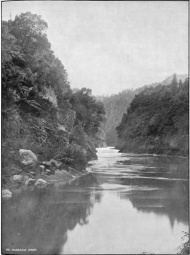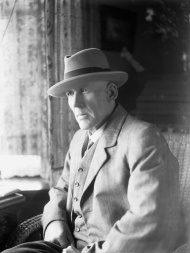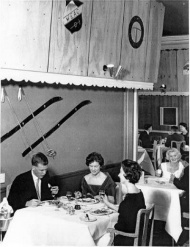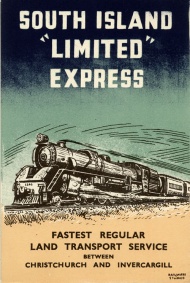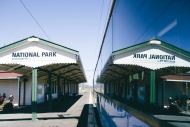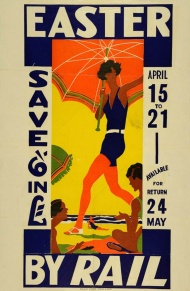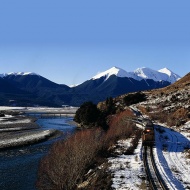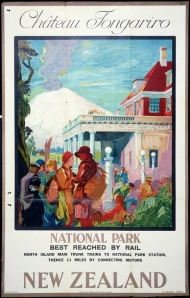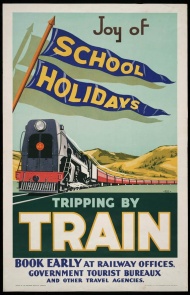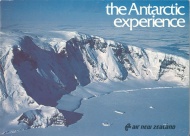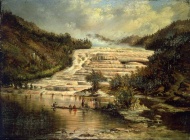Events In History
-
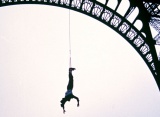 26 June 1987A.J. Hackett bungy jumps from Eiffel Tower
26 June 1987A.J. Hackett bungy jumps from Eiffel TowerThe speed skier and bungy pioneer planned the 110-m leap meticulously. His dozen-strong team hid on the tower overnight and Hackett jumped at dawn. He described it as ‘one small step for a man, a bloody great leap for the adventure tourism industry.’ Read more...
-
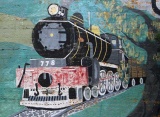 21 December 1971Full steam ahead for Kingston Flyer
21 December 1971Full steam ahead for Kingston FlyerA few months after the last steam locomotives had been withdrawn from this country's scheduled rail operations, New Zealand Railways launched a new tourist-oriented steam passenger venture in the South Island. Read more...
-
 24 February 1912TSS Earnslaw launched on Lake Wakatipu
24 February 1912TSS Earnslaw launched on Lake WakatipuFor more than a century, the TSS Earnslaw has carried freight and people to and from remote settlements on the shores of Lake Wakatipu. Read more...
Articles
Rail tourism
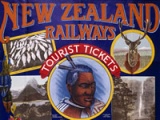
From the late 19th century the expanding rail network opened up exciting leisure and tourism opportunities for ordinary New Zealand families. New Zealand Railways promoted rail holidays through bright, attractive posters and its own popular monthly magazine.
-
Page 2 – Day excursions
From the early days of rail, excursion and special trains gave people new opportunities to visit beaches, lakes, parks, racecourses and shows.
-
Page 3 – Holidaymakers
As well as day excursions, from the mid-1890s New Zealand Railways offered special deals for travellers taking longer rail journeys over the Christmas and Easter holiday
-
Page 4 – Railways Studios
In 1920 New Zealand Railways established it own Railways Studios – the country’s first outdoor advertising studio. The studios produced posters, pamphlets, maps and
-
Page 5 – Railways Magazine
During the inter-war years no other monthly magazine matched New Zealand Railways for its commitment to promoting a popular literary culture in New Zealand.
-
Page 6 – Post-war changes
After the peak years of the 1920s and late 1930s, tourist travel all but ceased during the Second World War.
Erebus disaster
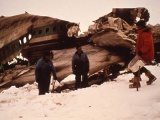
On 28 November 1979, 237 passengers and 20 crew were killed when Air New Zealand Flight TE901 crashed into Mt Erebus, Antarctica. The tragedy was followed by a demanding recovery operation and a raging debate over who or what was to blame
-
Page 3 – Timeline to disaster
The Erebus disaster was mainly caused by a late change in the flight path and atmospheric conditions over Antarctica
New Zealand and Le Quesnoy
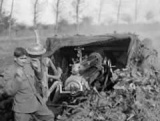
It was the New Zealand Division's final action of the First World War. On 4 November 1918, just a week before the Armistice was signed, New Zealand troops stormed the walled French town of Le Quesnoy. The 90 men killed were among the last of the 12,483 who fell on the Western Front.
- Page 3 - Visiting Le QuesnoyJust 4 kilometres east of Beaudignies in northern France is Le Quesnoy. This town was in German hands for almost all of the First World War, from August 1914, until the New
Scenery preservation 1903-1953
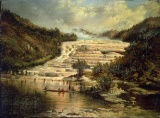
Premier Richard Seddon outlined his vision for 'God's own country' in 1903 as he steered the Scenery Preservation Act through Parliament. This act was an important landmark in preserving New Zealand's natural and historic heritage.
- Page 3 - Beautiful New ZealandEven before systematic colonisation began in 1840, New Zealand had been promoted in British publications as a wild, scenic, romantic wonderland – and a place of
Life in the 20th century
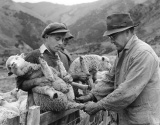
Exploration of everyday life in New Zealand from 1900 to the mid-1980s
- Page 3 - Time outAs a modern society began to evolve in New Zealand in the early twentieth century, a new concept of 'leisure time' began to emerge
The North Island main trunk line
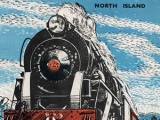
All aboard! The North Island main trunk railway was 100 years old in 2008. Take a trip back in time to explore the epic story of its construction, the heyday of the steam passenger train and the place of the iconic railway refreshment room in New Zealand life.
- Page 4 - Travelling by trainFor most second-class travellers, travelling the main trunk meant a long, sleepless journey on hard-backed seats, struggling to find 'elusive comfort with the NZR
Biographies
-
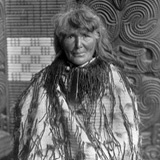 Hinerangi, Sophia
Hinerangi, Sophia
Best known as ‘Guide Sophia’ she was the principal tourist guide of the famous Pink and White Terraces at Lake Rotomahana.
Read more...
Related keywords
- hospital ships
- egypt
- maheno (hospital ship)
- alexander godley
- whakarewarewa
- maori
- 1980s
- alcohol
- poster
- holidays
- railways
- te aroha
- health
- historic places
- transport
- landscape
- conservation
- waitomo caves
- publishing
- writing
- advertising
- james cowan
- robin hyde
- sport
- trains
- kingston
- americans
- queenstown
- shipping
- milford
- food
- drink
- overlander
- scenery
- film
- leisure
- richard seddon
- glaciers
- liberal party
- air transport
- disasters
- erebus disaster
- antarctica
- rotorua
- tarawera eruption
- ngati ruanui
- sophia hinerangi (guide sophia)
- painting
- lake waikaremoana
- volcanic activity
- railway stations
- whanganui city
- whanganui river
- new zealand wars
- historical writing
- te reo māori
- historians
- tongariro
- kauri
- timber
- national park
- public holidays
- 1920s
- WW1
- western front
- le quesnoy liberation
- france
- national parks
- taupō
-
Main image: 'Sphinxing' in Egypt
Maheno’s personnel make the most of the sights in Egypt.

